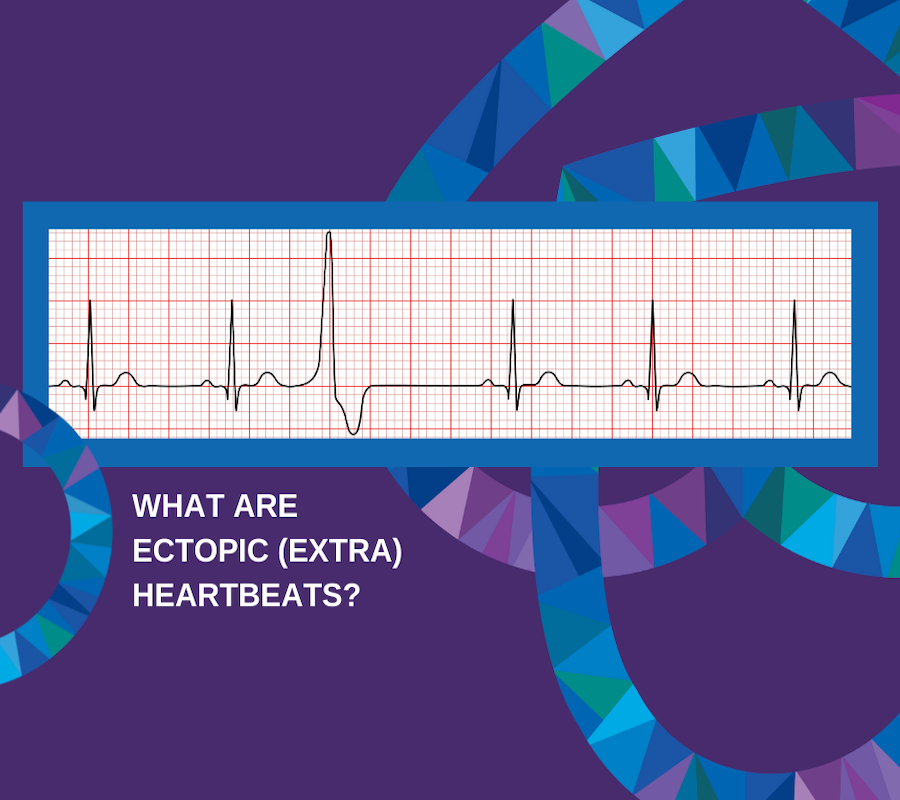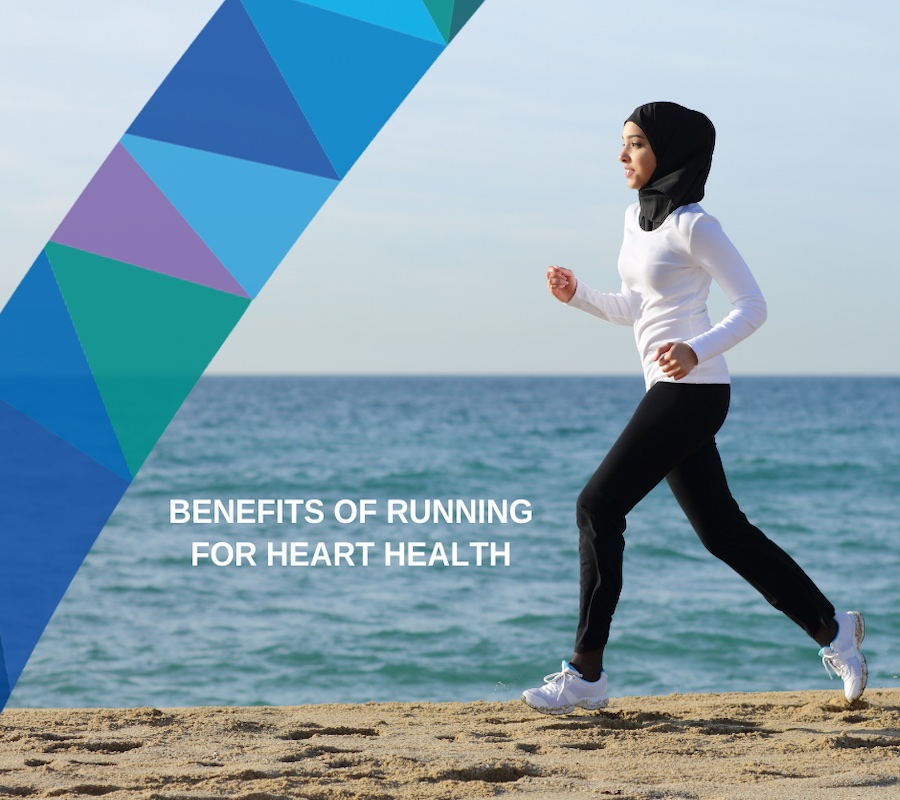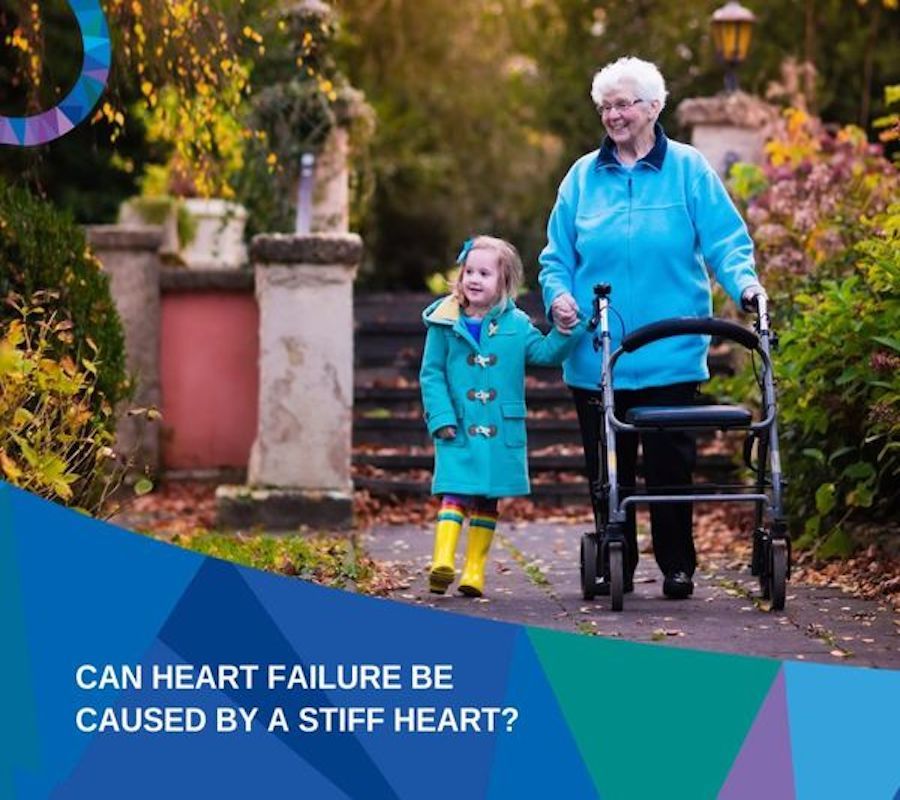
Some people look younger than their age, some look older. But what’s happening on the inside? How old is their heart?
A heart age calculator asks a series of questions about smoking, family history, diabetes and weight. Then it asks about blood pressure and cholesterol readings, using average readings for a person’s age if there are no personal results available.
At the end of all that, it’ll show the heart’s approximate age. If a person’s heart is older than they are, it’s a good prompt to improve health and lifestyle with the help of a doctor.
Like to try it? Use the Heart Foundation Calculator here: Heart Age Calculator | Heart Foundation.org.au
This article is for reference purposes only – it is not designed to be, nor should it be regarded, as professional medical advice. Please consult your own medical practitioner for health advice specific to your condition.










